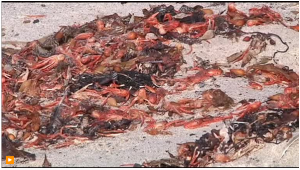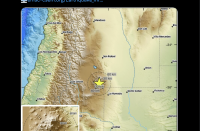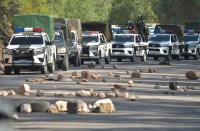
(Reuters) Hundreds of thousands of tiny crabs have been washing up on Southern California beaches, marring the sandy coastline with streaks of red, as warm ocean currents carry them farther north and closer to shore than usual.
The red tuna crabs have been dying in hordes on beaches from San Diego to Orange County, although some have been washed back out to sea alive.
Such strandings take place periodically and are not necessarily a threat to the species, though the crabs’ predicament is sad to some beachgoers.
“It’s sad they’re not going to have a chance to mature,” says a young woman named Elizabeth.
“I feel bad for so many of them dying, that’s what bothers me is that, that they’re dying. It’s weird, and they say it’s because, I don’t know, maybe because there’s some warm water,” says Todd Cameron, enjoying a day at the beach.
The crabs are unusual in that they can spend most if not all of their lives free swimming in the water column rather than close to the bottom, although larger adults will make excursions to the seafloor.
The plankton-eating crabs, native to the waters of the Gulf of California, Baja California and the California Current, are one to three inches (2.5-7.6 cm) long and resemble tiny lobsters. Their scientific name is Pleuroncodes planipes and they also are known as pelagic red crabs.
But what may be a tragedy for the crabs is a boon to others.
“We have found many of them and fisherman are picking them up to use as bait, and the seagulls and ravens are also using them as dinner,” says Dana Point resident Sandie Watkins.
Experts have cautioned people not to eat the crabs because the creatures may have ingested toxin-producing phytoplankton. Scientists have noted the presence of a toxic algae bloom in the Pacific Ocean stretching from California north to Washington state that might be the largest ever detected off the U.S. West Coast.







